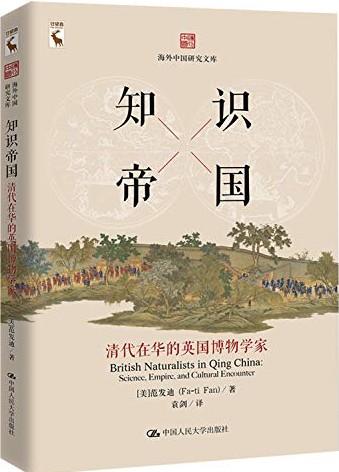
This course will study the long history of growing interconnection between various parts of the world since 1500. We will examine how such global connections involved not only trade of commodities but also transfer of peoples, cultures, ideas and technologies.
A Vermeer painting shows a military officer in a Dutch sitting room, talking to a laughing girl. The officer's dashing hat is made of beaver fur from North America, and it was beaver pelts from America that financed the voyages of explorers seeking routes to China-prized for the porcelains so often shown in Dutch paintings of this time, including Vermeer's. In this book, Timothy Brook uses Vermeer's works, and other contemporary images from Europe, Asia, and the Americas to trace the rapidly growing web of global trade, and the explosive, transforming, and sometimes destructive changes it wrought in the age when globalization really began.
This book told the story of how 1492 sparked the movement of organisms, both large and small, in both directions across the Atlantic. Crosby argues that the most important changes brought on by the voyages of Columbus were not social or political, but biological in nature, and that this Columbian exchange, between the Old World and the New, changed the history of our planet drastically and forever. He links the progressive restructuring of national, regional, and local agricultural economies to notable historical declines in food supply and to the continuous rise in the quality, availability and level of basic world food sources.
Olaudah Equano’s The Interesting Narrative recounts his kidnapping in Africa at the age of eleven, his service as the slave of an officer in the British navy, and his years of labor on slave ships until he was able to purchase his freedom in 1766. As a free man on a Central American plantation, he supervised slaves; increasingly disgusted by his coworkers, he returned to England in 1777. In England, he worked for the resettlement of blacks in Sierra Leone, married an English woman, and became a leading and respected figure in the antislavery movement.
This book traces the ways two goods of the Americas- Tobacco and Chocolate- both changed and were changed by Europe. Initially dismissed as dry leaves and an odd Indian drink, these two commodities came to conquer Europe on a scale unsurpassed by any other American resource or product. Focusing on the Spanish Empire, Norton investigates how tobacco and chocolate became material and symbolic links to the pre-Hispanic past for colonized Indians and colonizing Europeans alike. Norton considers the material, social, and cultural interaction between Europe and the Americas with historical depth and insight that goes beyond the portrayal of Columbian exchange simply as a matter of exploitation, infection, and conquest.

本书从文化遭遇的观点去检视博物学史,从博物学的视角剖析近代中国与西方世界的交流与碰撞,特别关注文化遭遇下的知识传统和文化霸权问题,从一个独特的角度为读者揭示了近代中国在知识领域所经历的顿挫与转折。本书第一部分主要讨论18世纪中叶后的一个世纪,在广州这个贸易大港中英国人对博物学的兴趣与研究活动。第二部分探究从鸦片战争后开放通商口岸到1911年清朝覆亡这段时期英国博物学家对中国大自然的调查活动。